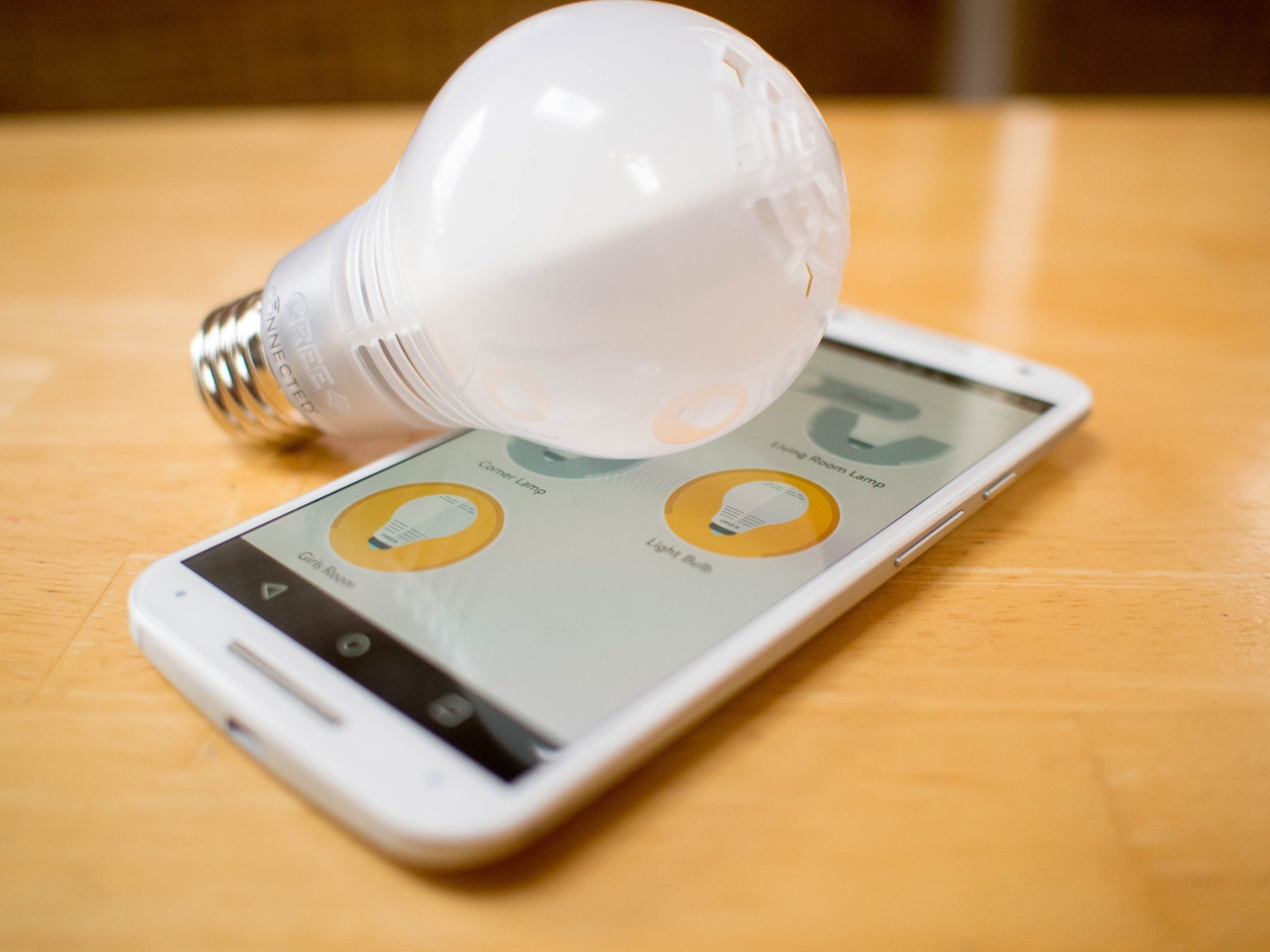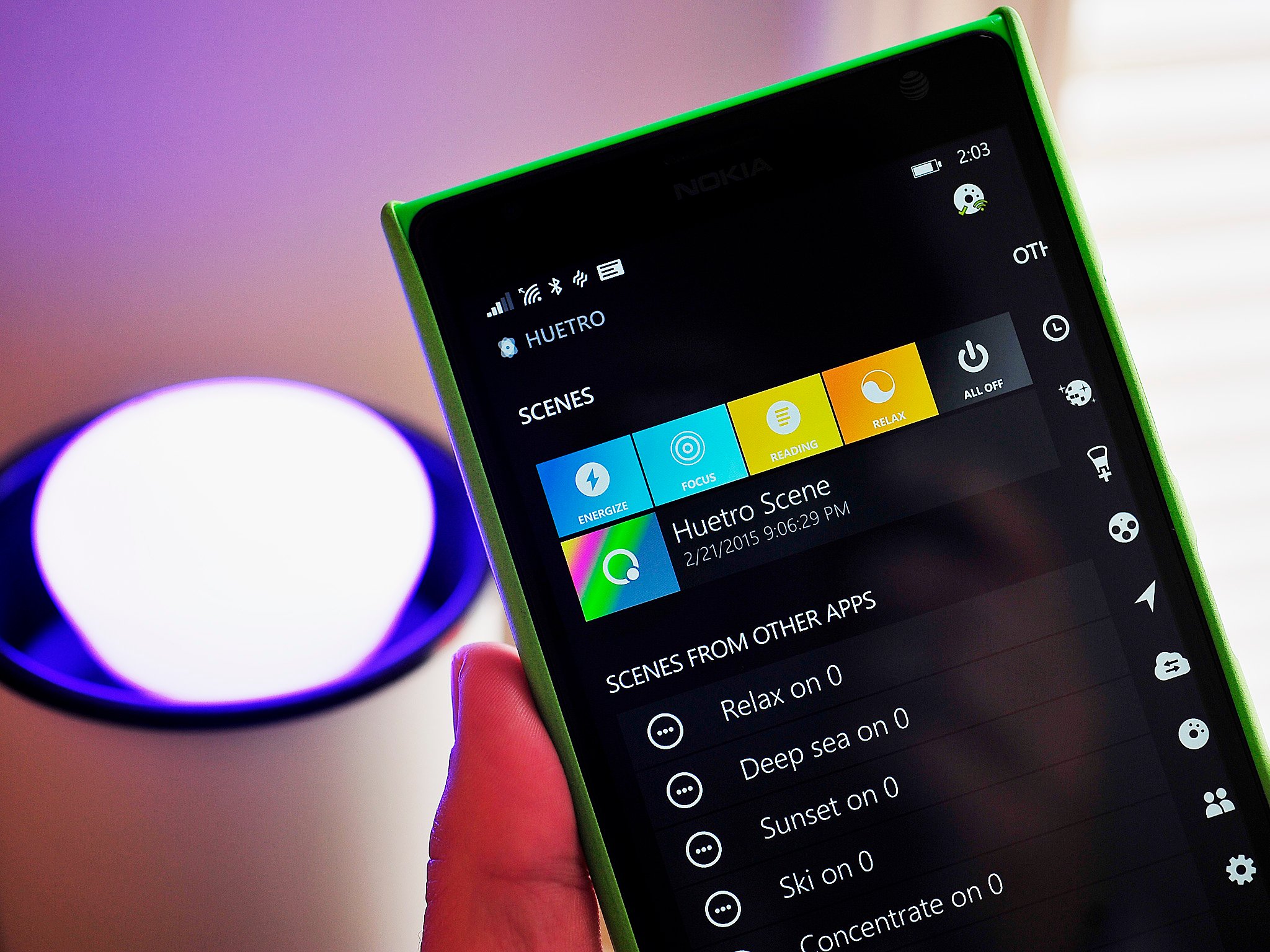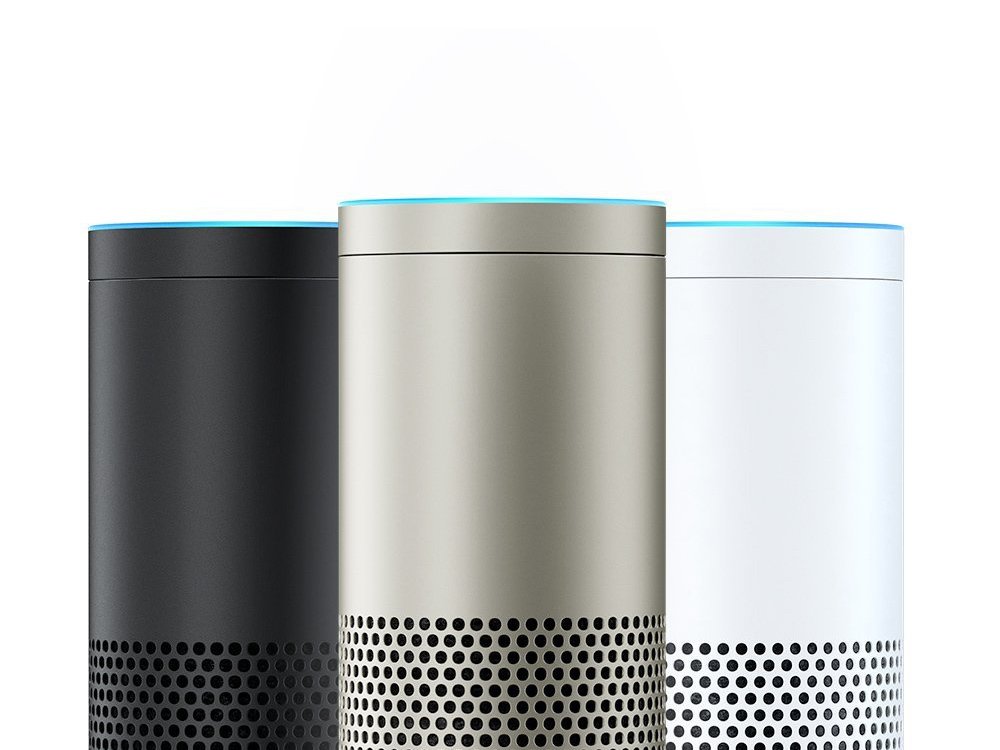What are Zigbee and Z-Wave? This is everything you need to know.
Your connected home can be built a lot of different ways, but likely starts right here.


Maybe the most fun part of new tech and internets of things and stuff is all the crazy names attached to it. And there are a lot of them.
Two of the most popular, for now anyway, are Zigbee and Z-Wave. They are fun to say and have similar sounding names and are mostly used for the same things. But there are some differences. We've seen more than a few questions about them and since we like to geek out over this sort of thing, we can talk about what they are and what they are used for. And bees.
What is Z-Wave?

Z-Wave (or ZWave or Z Wave) is a way for two or more things to communicate wirelessly. It's a low-energy mesh network where devices can communicate directly with each other by sending very reliable and very small low-latency bursts of data, but it still requires a hub or gateway so a device can control all the other devices. It's almost exclusively used for residential applications — you use it around your home or small office — while other standards (like Zigbee, which we'll get to in a minute) are better suited for industrial and wide-scale commercial applications.
Z-Wave is represented by names we already know, and there are 1,700 different products that are Z-Wave-certified.
Z-Wave is very well suited for home automation. Devices like door locks, thermostats, and light switches don't send large packages of data and often only send or receive data while they are actually in use. Your garage may have a security system in place, but the door opener only needs to know when it's time to open or close the door. Data speeds are capped at 100kbps and the maximum recommended distance between mesh nodes is 40 meters, though older Z-Wave gear has a maximum throughput of 9.6 kbps and a 30-meter range. A data packet can hop between four nodes before it's discarded but Z-Wave's network mapping is pretty good so the shortest distance with the fewest hops will usually be used.
Z-Wave transmits on the unlicensed Part 15 ISM band (Texas Instruments .pdf file link) at 908.42MHz in North America and 868.42MHz in Europe. Other countries have specific frequencies that Z-Wave is regulated to use and all this is important because Z-Wave can use the same radio frequency bands as consumer cordless telephones. This isn't an ideal situation, but it does keep Z-Wave completely clear of the crowded 2.4GHz band that Wi-Fi, Bluetooth and a host of less popular standards use.
Z-Wave was introduced in 2001, and as of 2012 is an option in the ITU's (International Telecommunications Union) G.9959 standard for wireless devices under 1GHz.
What is Zigbee?

Zigbee is also a low-power wireless mesh network standard, designed specifically so devices will have a long battery life. Zigbee can be used for residential applications and it works well, but it's also well suited for industrial and large-scale commercial use. The network layer supports star (a central hub and devices connected to it) and tree (groups of star networks connected to one linear backbone) networks as well as a generic mesh node-to-node layout. Every Zigbee network needs at least one controller device but can support more than one.
All the latest news, reviews, and guides for Windows and Xbox diehards.
Zigbee is designed to work well in places where wireless is congested, but it also works great in our homes.
Support for numerous types of network topology and support for multiple coordinating devices are part of what makes Zigbee a good choice for more complicated applications. Zigbee support is included in microcontrollers with their own flash storage so automation routines can be built and triggered as needed by software. Other types of Zigbee devices include routers which can act as a network extender and ZEDs — Zigbee End Devices which can only receive data from a coordinator device and can't relay data back.
Zigbee is one of the global standards covered by the IEEE 802.15 group. It operates in the unlicensed portion of the 2.4 GHz bands but can also operate in the unlicensed 902 to 928 MHz (Australia, North America, and South America) and the 868 to 868.6 MHz (Europe) ISM bands. Transfer rates cap at 250 kbps in the 2.4 GHz band, 40 kbps in the 915 MHz band, and 20 kbps in the 868 MHz band. Data rates will be slower than the maximum, partly because Zigbee has more overhead. It was designed to operate in "hostile" (think crowded, congested and always changing) 2.4 GHz band and has built-in collision avoidance and retry abilities. Typical range is between 10 and 20 meters depending on any obstruction, but in outdoor long-range applications, a range of 1,500 meters (line of sight) is possible as the output power of a Zigbee radio can reach 20 dBm at 100 mW (a lot stronger than you think).
Zigbee was named after the dance worker honeybees perform when they return to the hive. Bee's zig-zag. Zig. Bee. And yes, I'm serious. 🐝
So which is better?

That's going to depend on who you ask and what they are doing that uses either standard.
Z-Wave is more mature and easier to develop applications for. Almost every device will use the same Intel MCS-51 microcontroller and familiar names like Carrier, Honeywell, Black & Decker and Samsung are part of the Z-Wave Alliance and help keep Z-Wave robust yet simple in design and operation.
When it comes to consumer products, one is not better than the other.
Zigbee is great for devices that are hard to reach. A Zigbee certified device must have a battery life of over 2 years to pass testing. the protocol is just really friendly when it comes to power requirements. But Zigbee networks can be far more complicated, and even if you're producing a simple switch you'll need to be able to support any network configuration. Zigbee also competes for bandwidth with high-speed protocols like Bluetooth and IrDA (Infrared Data Association) that are built to use every bit of bandwidth possible for applications like voice or video transmission. This is why multiple network topographies and great collision and retry features are a big part of the standard.
So, yeah. It really depends on what you're trying to do! KwickSet's deadbolt locks are a perfect use case for Z-Wave. A small hub in your house lets you control up to 230 devices like a door lock with your phone, a controller, over the internet, or through an Amazon Echo. Zigbee is a better fit for something that needs to be able to stay connected under any conditions. Something like this SHURE wireless microphone developed in 2011 that was able to transfer in real time and in a very congested area. Though these microphones are now end-of-life with the dawn of 600 MHz cellular connections.
For the things we as consumers love to use, both are great. The characteristics of Z-Wave make it more robust in a house filled with walls and multiple floors, but Zigbee devices are also trouble-free in the home most of the time. And there are cool gadgets that use either protocol or even both. You can do amazing things in your home with SmartThings or Wink hub and control it all with your phone or you watch or something like an Amazon Echo or Cortana spekaer.

Jerry is a Former Contributor for Windows Central and an RHCE and Electrical Engineer who loves gadgets of all kinds. You'll find his writings across Mobile Nations and you can hit him on Twitter if you want to say hey.
